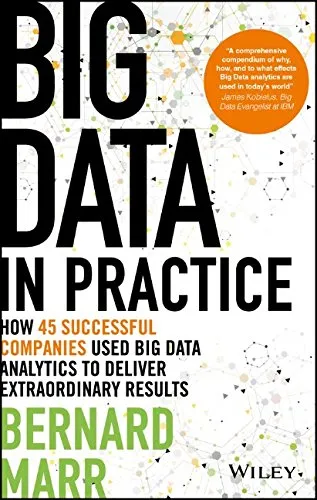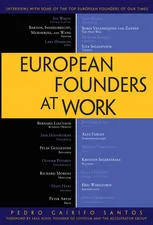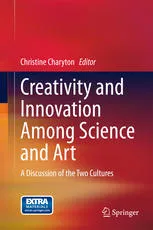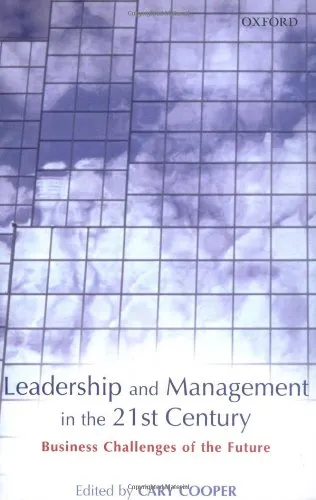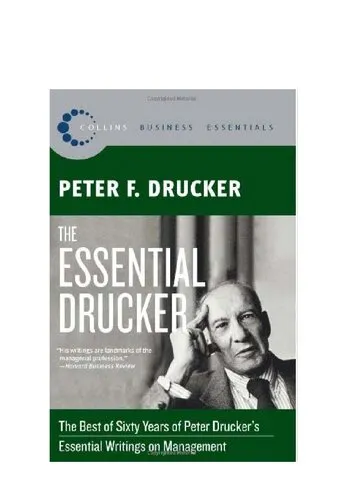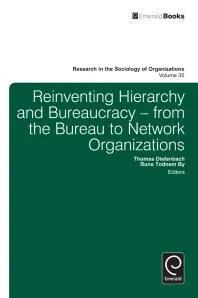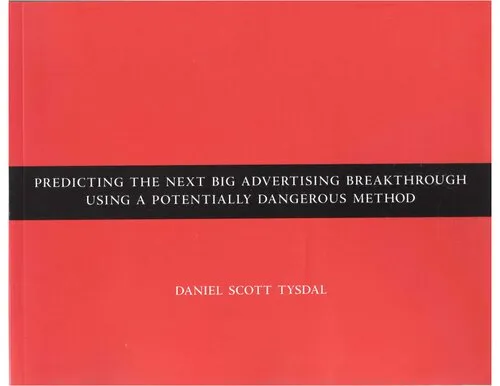Almost Eternal: Painting on Stone and Material Innovation in Early Modern Europe
4.0
Reviews from our users

You Can Ask your questions from this book's AI after Login
Each download or ask from book AI costs 2 points. To earn more free points, please visit the Points Guide Page and complete some valuable actions.Related Refrences:
Introduction to "Almost Eternal: Painting on Stone and Material Innovation in Early Modern Europe"
"Almost Eternal: Painting on Stone and Material Innovation in Early Modern Europe" delves into a fascinating but relatively underexplored chapter of art history. This book takes readers into the world of early modern Europe to explore how artists embraced the medium of stone as a surface for painting. The groundbreaking study highlights the technological ingenuity, aesthetic debates, and cultural significance of this practice, all while reflecting on the dynamic relationships between materiality, permanence, and artistic innovation.
In the early modern period, artists across Europe sought to challenge the boundaries of traditional media like canvas and wood. Stone, specifically marble, alabaster, slate, and lapis lazuli, offered an almost mythical promise of permanence that resonated with spiritual and philosophical ideals of the era. The book weaves together art history, material science, and cultural analysis to expand our understanding of how these artists worked, struggled, and ultimately succeeded in pushing the limits of the possible. Richly researched and thought-provoking, "Almost Eternal" is indispensable for those who seek to understand the intersections of material innovation and artistic vision in the Renaissance and Baroque periods.
Detailed Summary of the Book
Across its chapters, "Almost Eternal" systematically examines the rise, evolution, and decline of painting on stone in early modern Europe. Beginning with an exploration of the origins of the practice, the book contextualizes how stone surfaces came to be viewed as ideal vehicles for artistic expression. Through a combination of historical documents, technical analyses, and expert interpretation, it reveals the intellectual and practical challenges that came with working on such a unique material.
One of the key strengths of the book is its geographical breadth. Spanning Italy, Spain, the Netherlands, and other European regions, it highlights the cross-cultural dialogues that contributed to this innovation. Notable artists such as Sebastiano del Piombo, Jusepe de Ribera, and Caravaggio appear prominently in the narrative, offering vivid case studies of how these figures harnessed stone to achieve remarkable aesthetic effects. Furthermore, "Almost Eternal" doesn’t shy away from the complexities of the medium—its technical difficulties, practical constraints, and conservation challenges are all thoughtfully addressed.
The book also situates painting on stone within the broader context of early modern artistic ideals. By emphasizing the notion of "eternity" or durability, it connects these artistic practices to themes of spirituality, memory, and intellectual ambition that permeated the era. Each chapter builds on these central ideas, creating a cohesive argument about the cultural resonance and transformative potential of the technique.
Key Takeaways
- Painting on stone shifted the perception of artworks from ephemeral objects to lasting monuments.
- The practice reflected the era's fascination with material innovation and the synthesis of art and science.
- Challenges such as how pigments adhered to stone led to pioneering techniques that continue to influence modern art conservation.
- The selection of specific types of stone often carried symbolic meanings, enriching the artistic narrative.
- The geographic spread of this practice highlights how ideas traveled and evolved across Renaissance Europe.
Famous Quotes from the Book
"To paint on stone was to aspire to transcend the material decay of ordinary life and to align oneself with the eternal."
"Stone was not merely a surface; it was an active participant in the creation of meaning, carrying with it centuries of geological and symbolic resonance."
"The enduring legacy of painting on stone lies not only in its visual splendor but also in its challenge to the boundaries of artistic possibility."
Why This Book Matters
The importance of "Almost Eternal" lies in its ability to shine a spotlight on a relatively overlooked yet profoundly influential chapter of art history. It bridges the gap between the material and the conceptual, showing how the choice of medium can shape an artwork's meaning, reception, and legacy. For art historians, curators, and artists alike, the book offers original insights that inspire new ways of thinking about materials and creative practices.
Furthermore, its meticulous research and interdisciplinarity make it a vital resource for understanding early modern European culture and the transformative power of technological innovation in the arts. Whether you are a scholar or a casual enthusiast of art, "Almost Eternal" invites you to reconsider the possibilities of the materials that surround us and the boundless ingenuity of the human imagination.
Free Direct Download
You Can Download this book after Login
Accessing books through legal platforms and public libraries not only supports the rights of authors and publishers but also contributes to the sustainability of reading culture. Before downloading, please take a moment to consider these options.
Find this book on other platforms:
WorldCat helps you find books in libraries worldwide.
See ratings, reviews, and discussions on Goodreads.
Find and buy rare or used books on AbeBooks.
1248
بازدید4.0
امتیاز0
نظر98%
رضایتReviews:
4.0
Based on 0 users review
Questions & Answers
Ask questions about this book or help others by answering
No questions yet. Be the first to ask!


